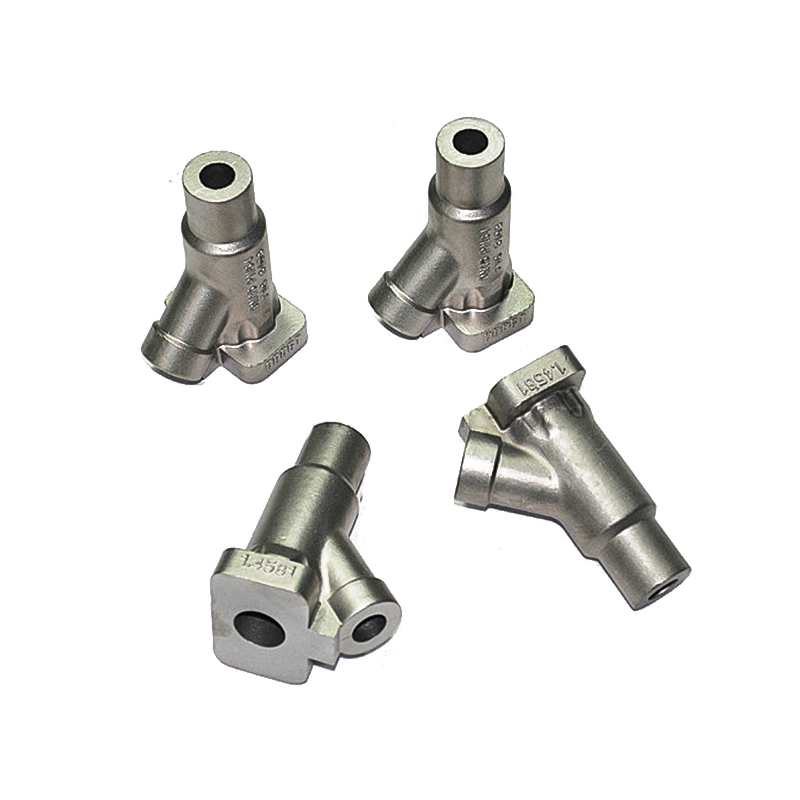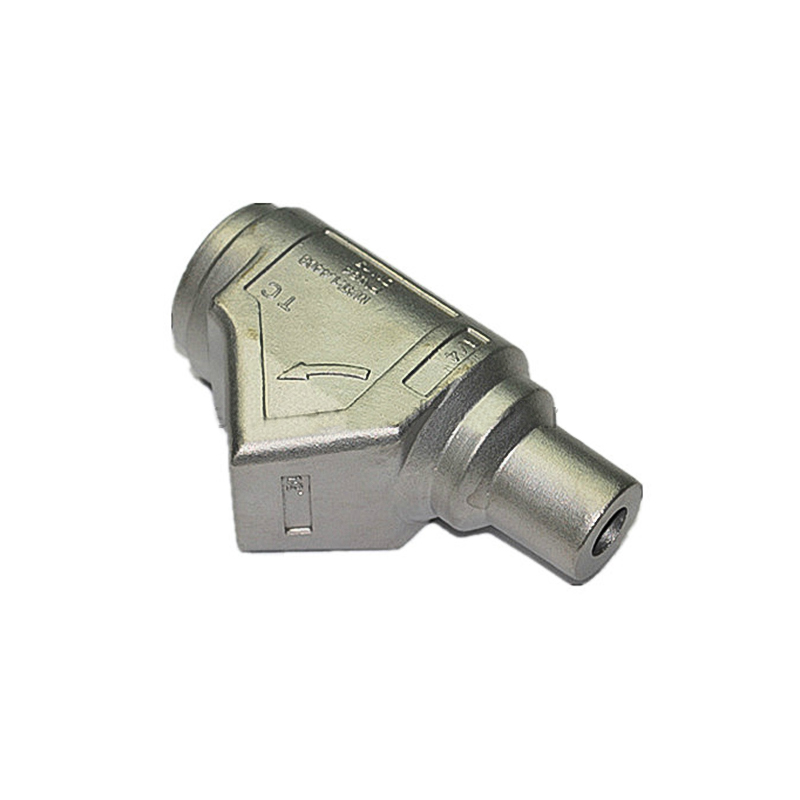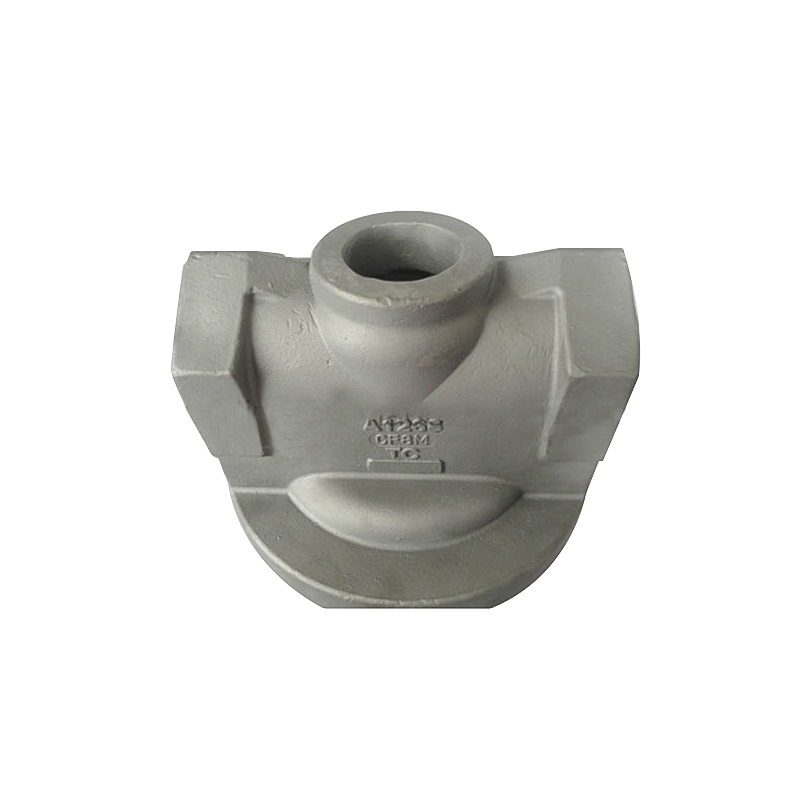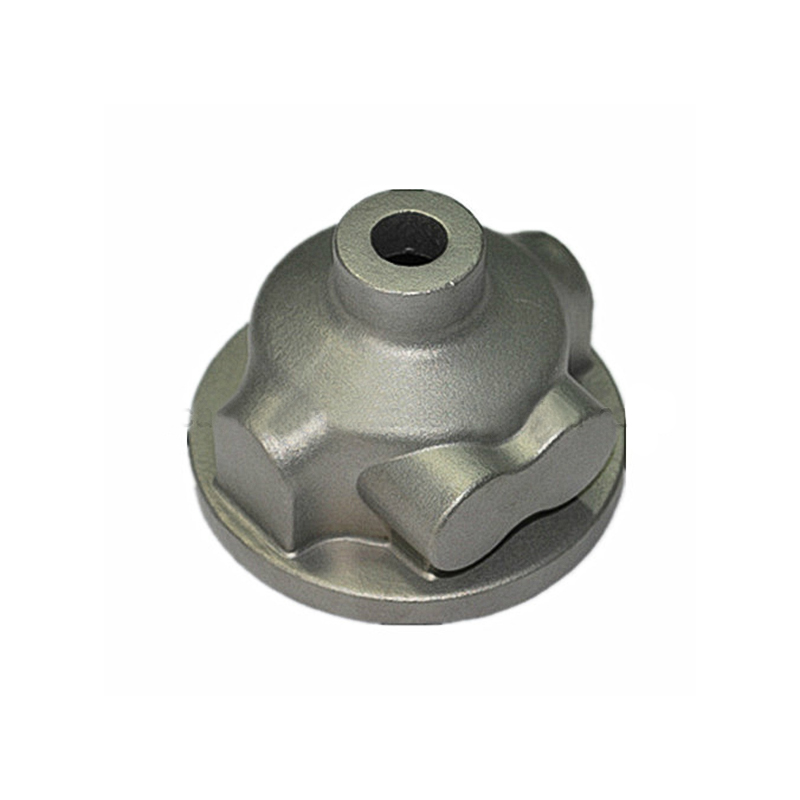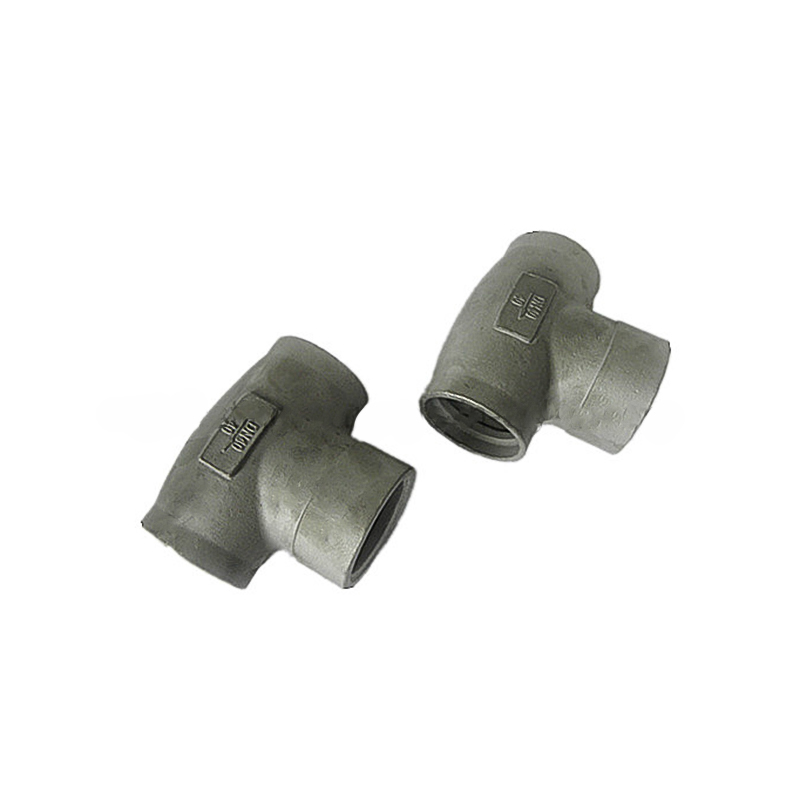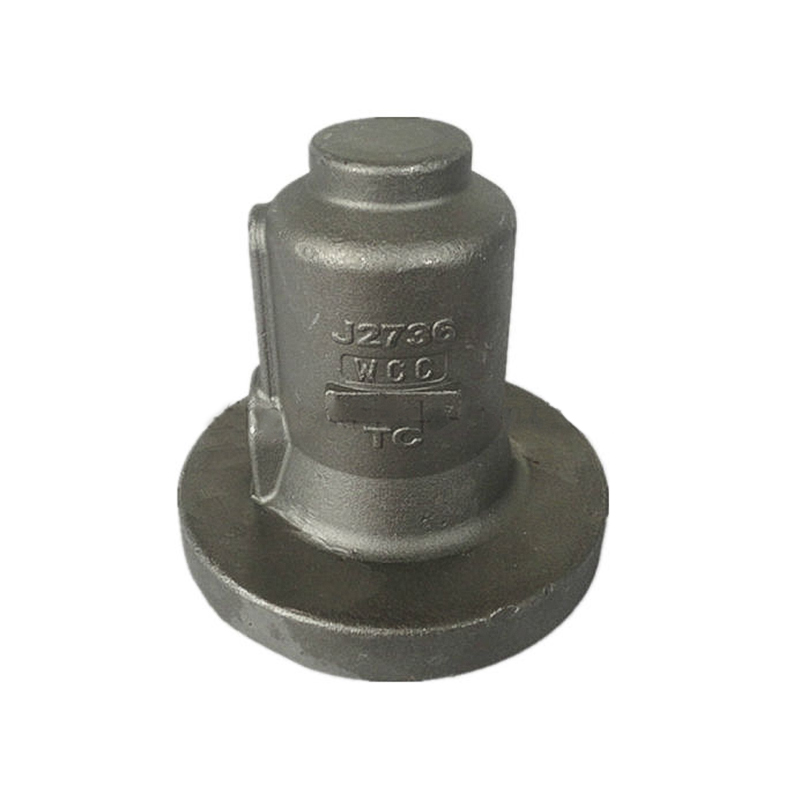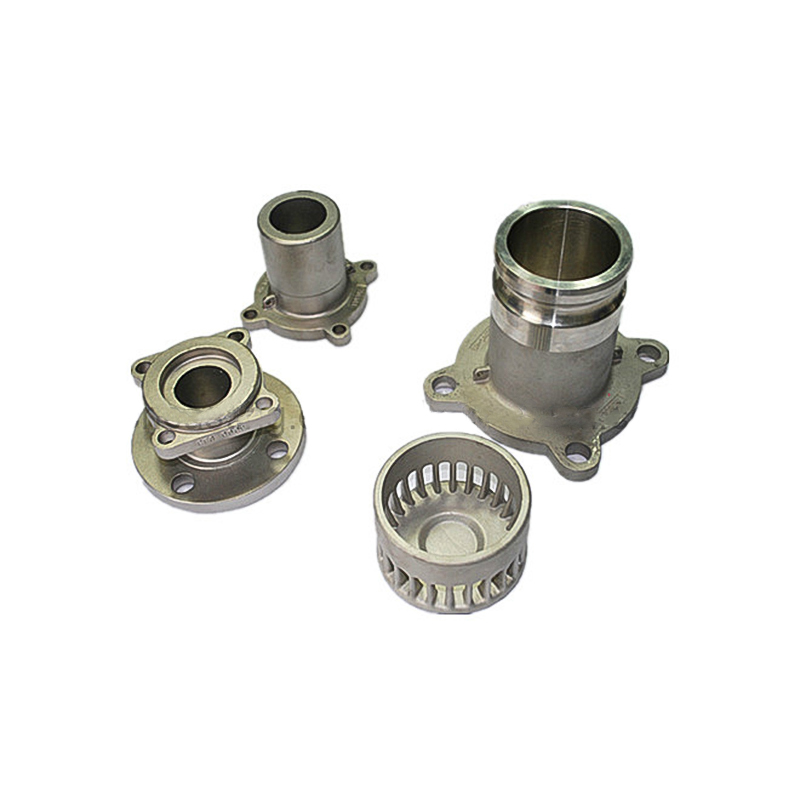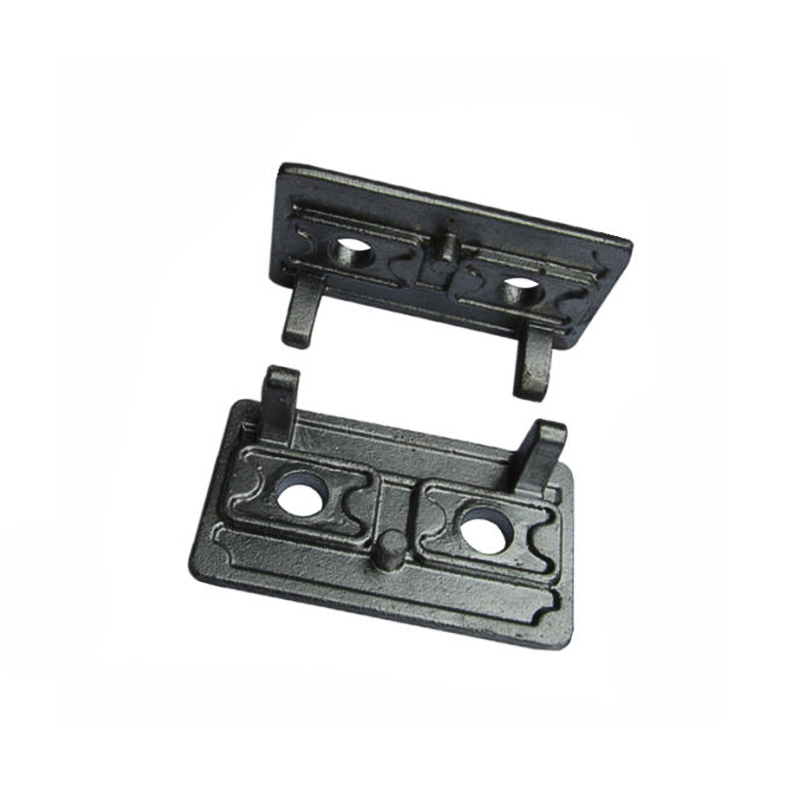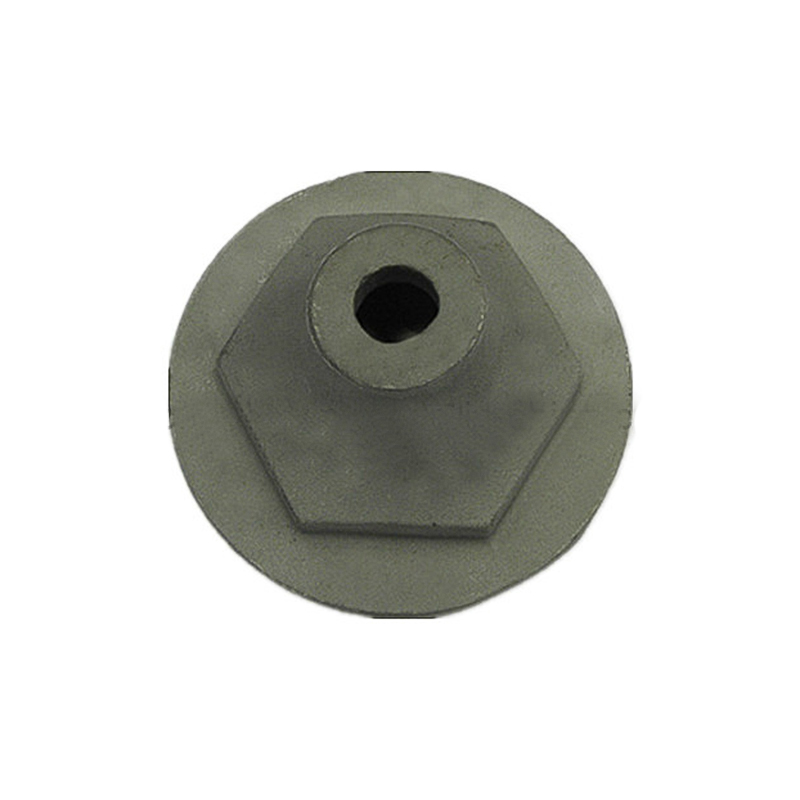Precision in Every Detail: The Growing Demand for Investment Casting Parts
Investment casting parts are becoming an increasingly important part of the global manufacturing industry, especially in high-tech fields such as aerospace, automotive, medical and energy. As technology continues to advance and industrial needs grow, the high-precision, high-performance and complex-shaped parts provided by the investment casting process are revolutionizing multiple industries.
Investment casting, also known as "lost wax casting", uses precision molds to create complex metal parts. Compared with traditional casting methods, investment casting can provide higher precision, more complex designs, and can effectively reduce machining allowances, maximizing product quality and production efficiency. Because of this, this technology has become the preferred process for manufacturing high-precision parts in industries such as aerospace, automotive, and medical.
Whether in aerospace, automotive manufacturing, or medical devices, part precision and reliability are critical. The ultra-high precision provided by investment casting can meet the needs for fine control of size and shape, especially those parts that perform critical functions, such as engine components, aircraft parts, and medical implants. Modern product designs are becoming increasingly complex, and many traditional casting technologies cannot meet these requirements. Investment casting can easily cope with complex geometries and fine detail designs, especially in the production of parts requiring high strength and heat resistance, where precision casting provides great advantages.
The application of high-performance materials has driven the demand for precision casting, especially in the aerospace and automotive industries. The use of high-temperature alloys such as titanium alloys, aluminum alloys, and stainless steel requires precision casting to control the molding of materials to ensure their optimal performance and durability. With the improvement of environmental protection standards, manufacturers are paying more and more attention to resource utilization efficiency and waste control. Precision casting has become an ideal solution that meets green manufacturing standards through high material utilization, low waste generation, and low energy consumption.
Precision casting parts not only play a pivotal role in multiple industries, they have become a key force in promoting technological progress in various industries.
In the aerospace field, precision casting is widely used in the manufacture of key parts such as aircraft engines, turbine blades, and jet propulsion systems. Aerospace parts require ultra-high strength, high temperature resistance, and lightweight, all of which can be met by investment casting. Precision casting parts not only improve the safety of aircraft, but also help airlines reduce fuel consumption and improve flight efficiency. The automotive industry's demand for precision casting is mainly reflected in the production of key components such as engines, transmissions, brake systems, and suspension systems. With the increasing requirements for automotive performance and safety, precision casting helps automakers improve the overall performance and safety of vehicles by providing higher strength, precision, and durability.
In the medical industry, precision casting parts are widely used in surgical instruments, implants, surgical tools, and key components of various medical devices. Medical devices require extremely high precision and strength while meeting strict biocompatibility and hygiene standards. Investment casting can provide precise dimensions, smooth surfaces, and long-lasting durability to ensure the safety and effectiveness of the equipment during use. The application of precision casting in the energy industry is particularly important, especially in equipment in oil and gas extraction, wind power generation, nuclear power, and other high-demand environments. Energy equipment often needs to operate for a long time in extreme temperatures, high pressures, and highly corrosive environments, so the durability and reliability of its parts are crucial.



 English
English Deutsch
Deutsch 简体中文
简体中文
